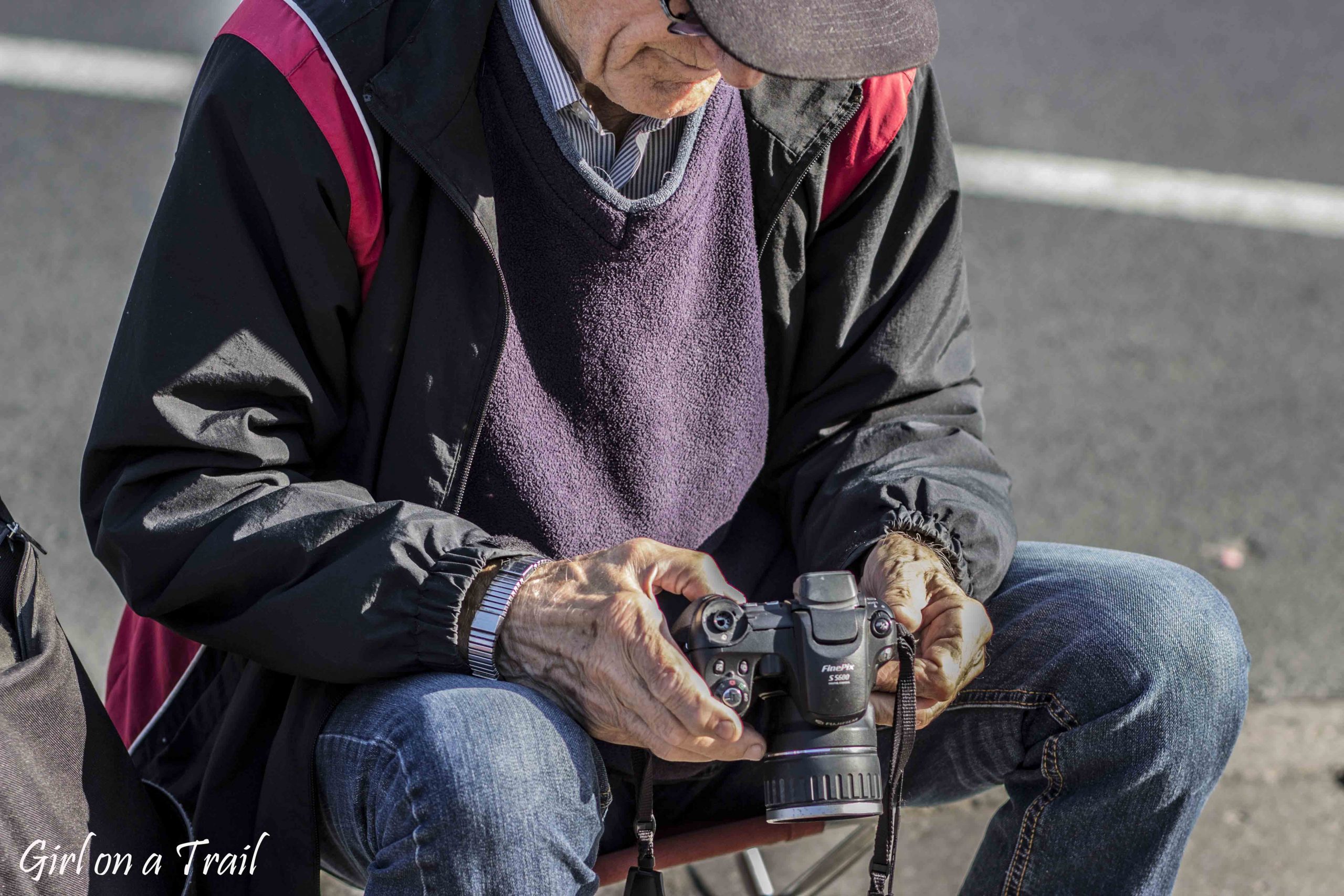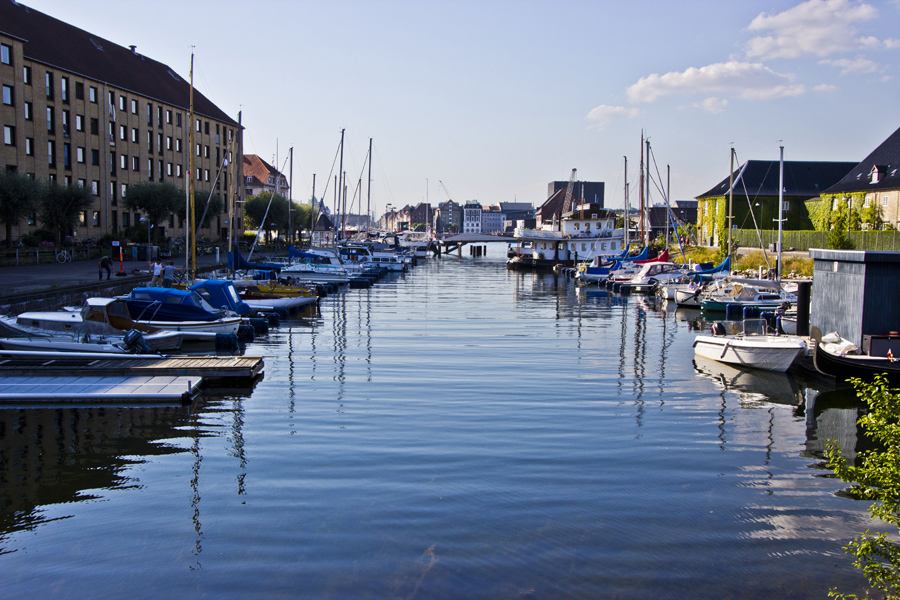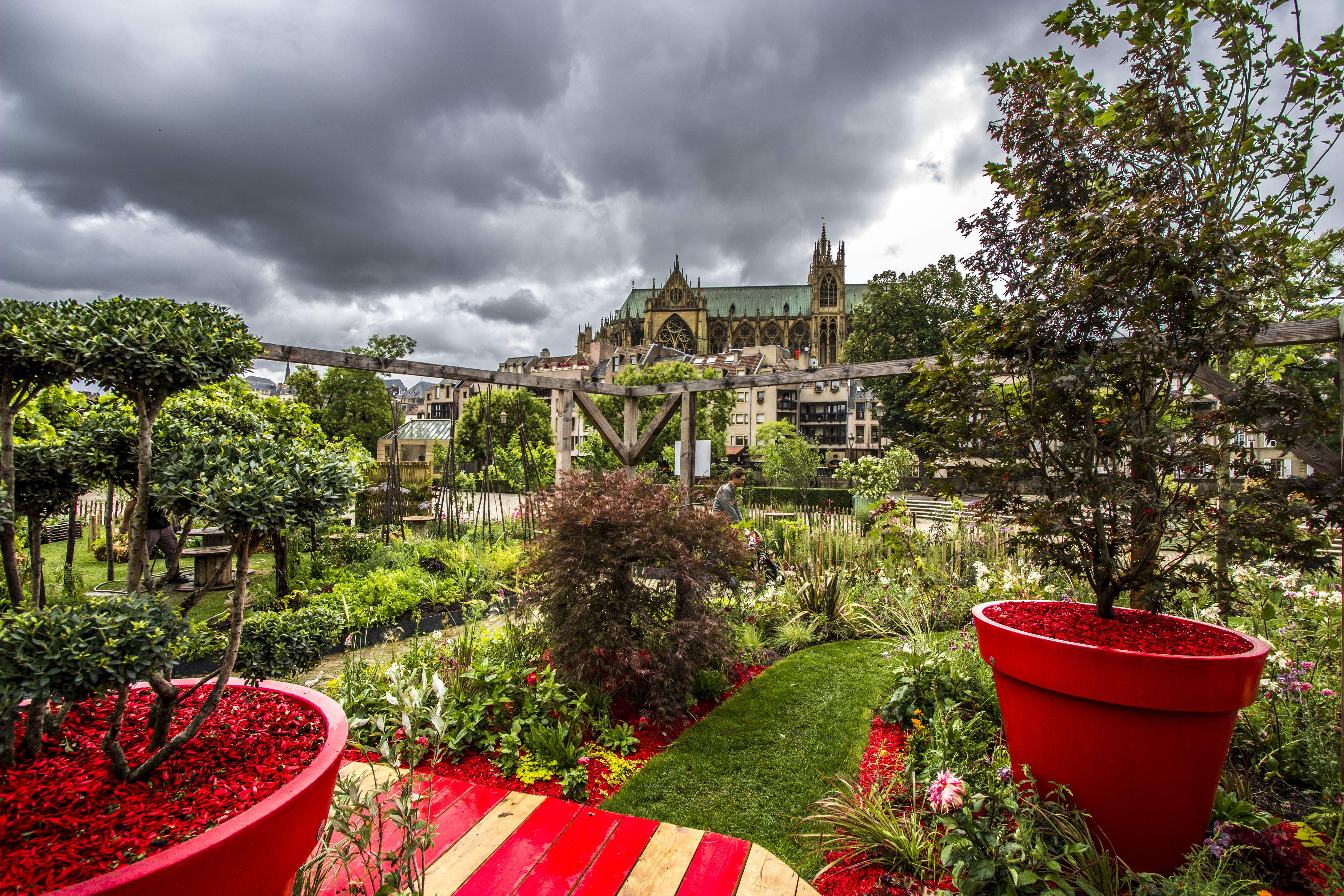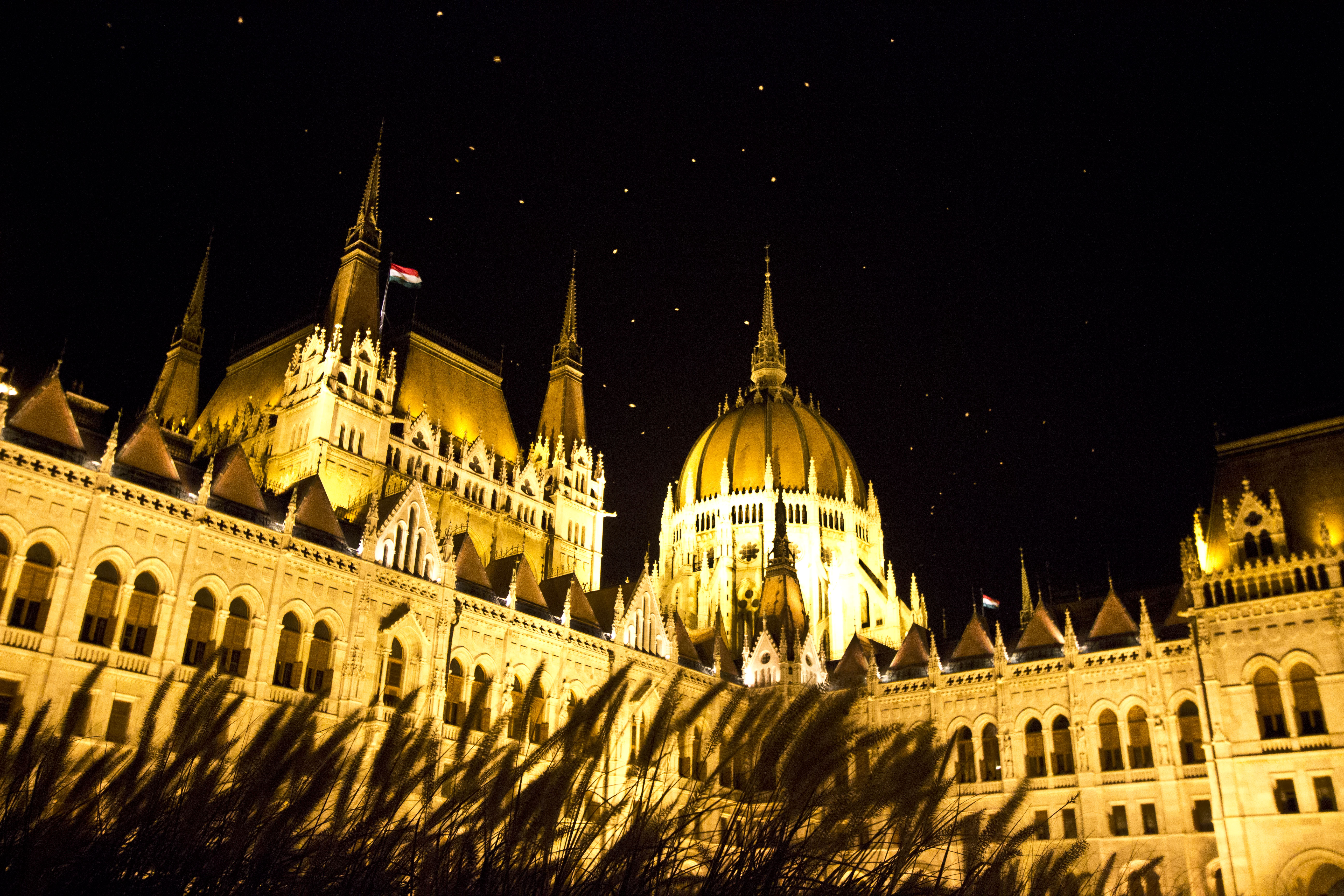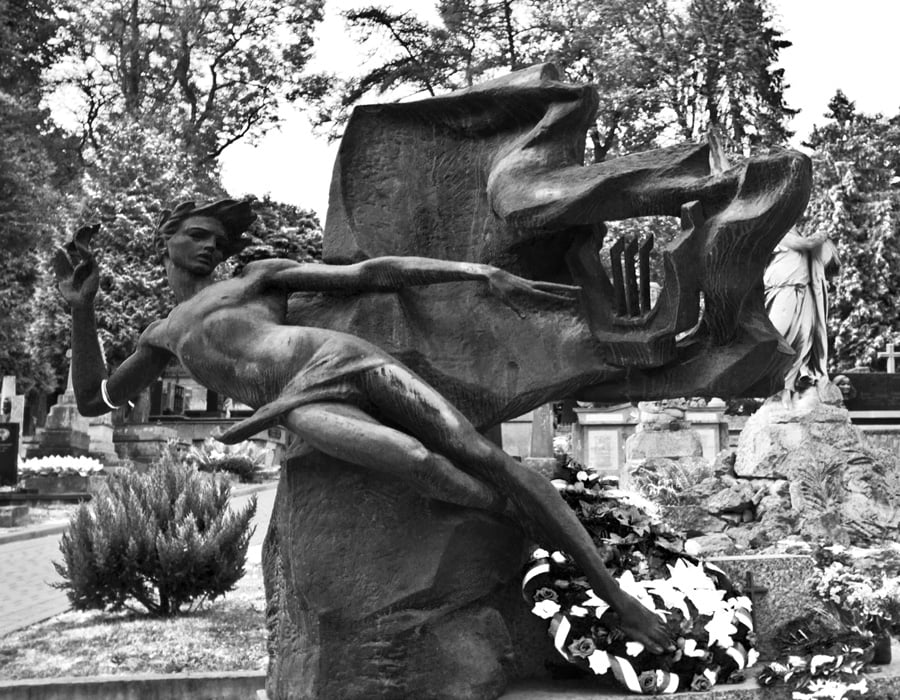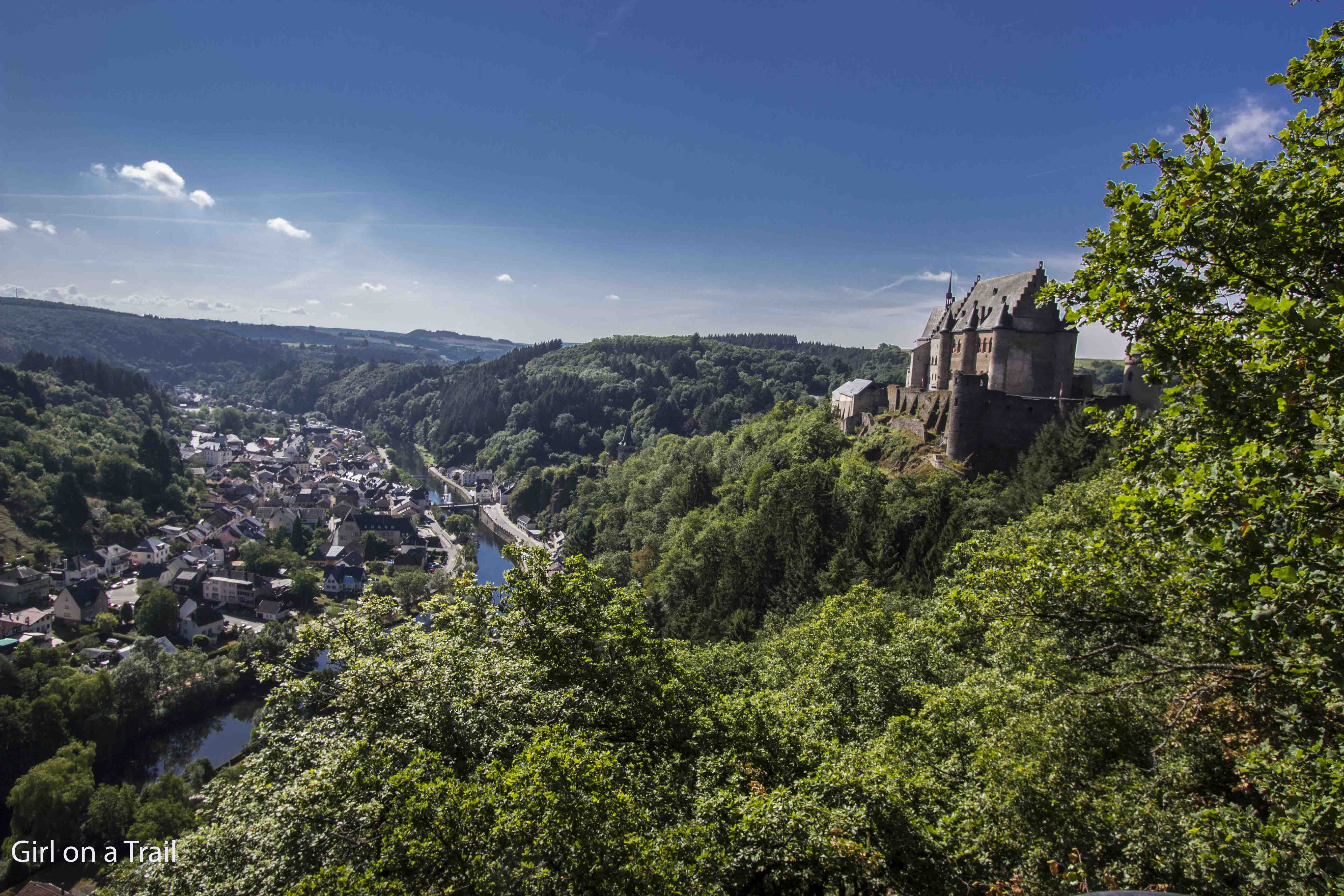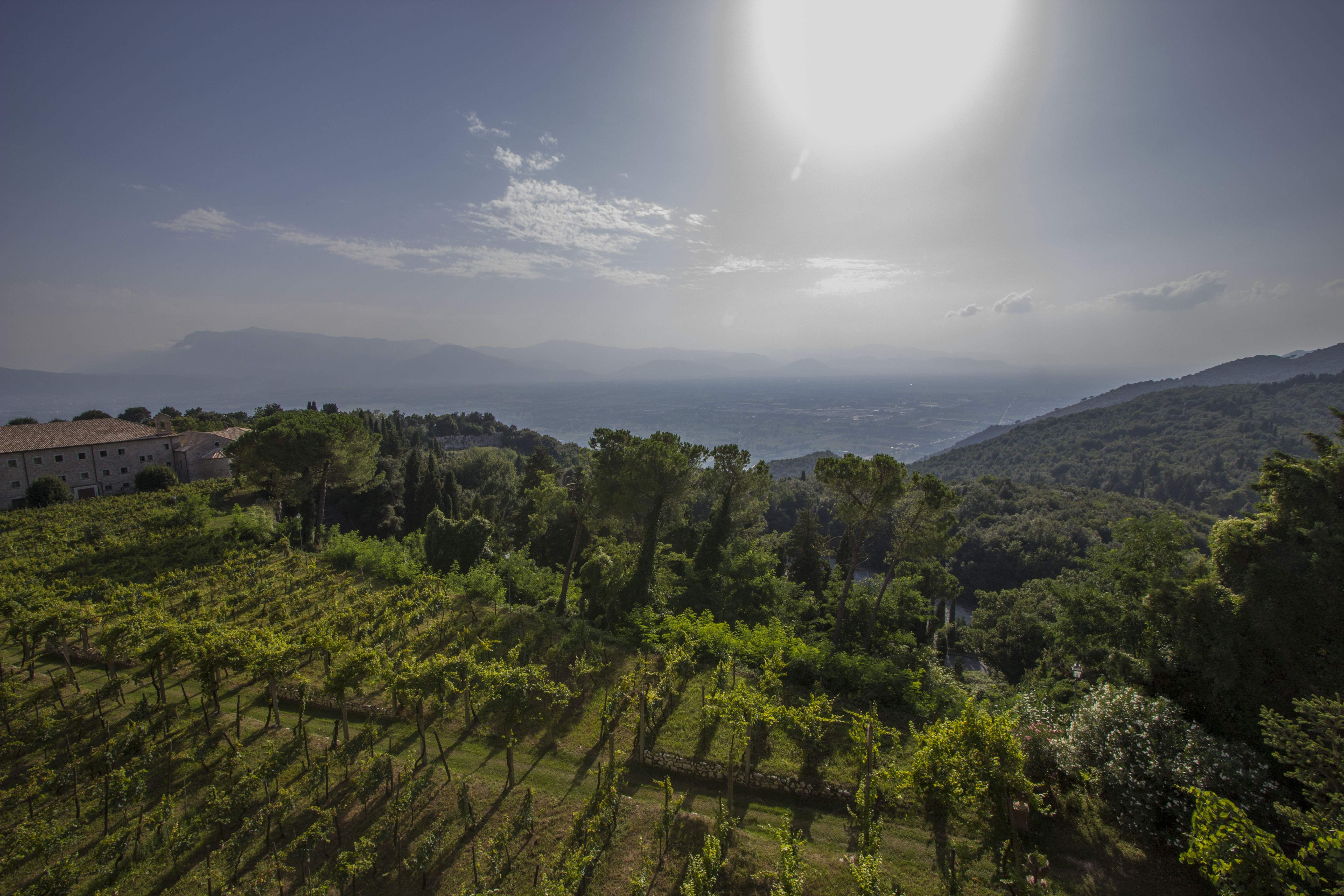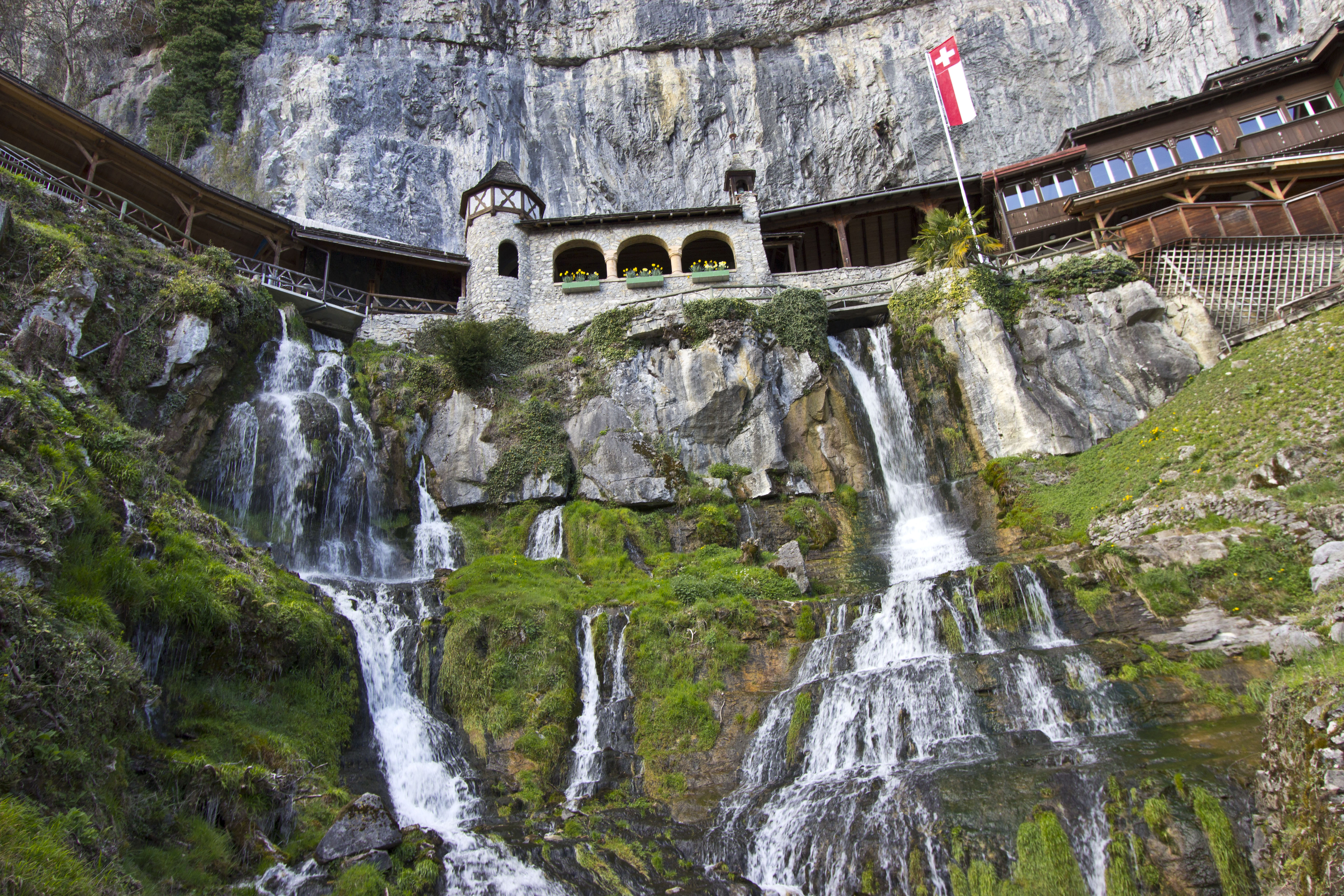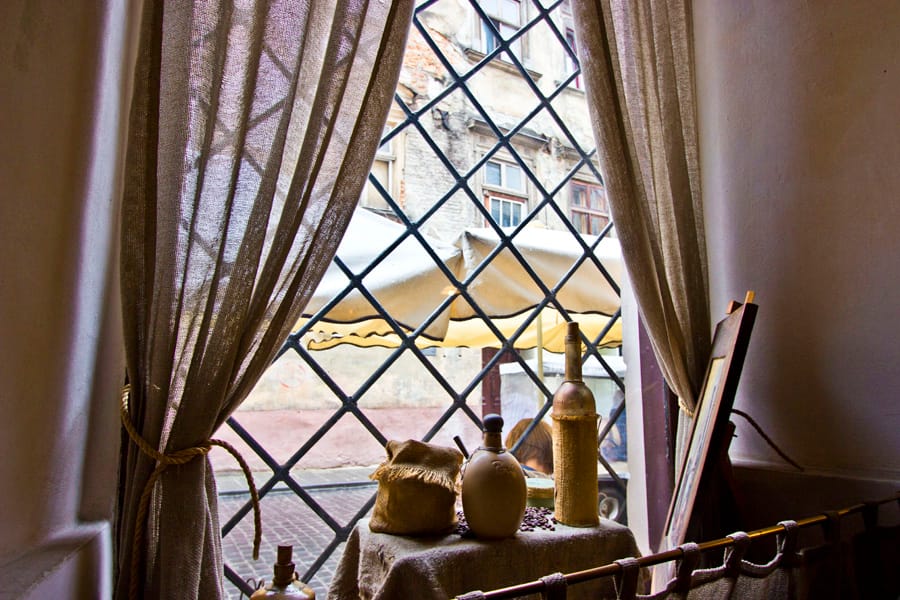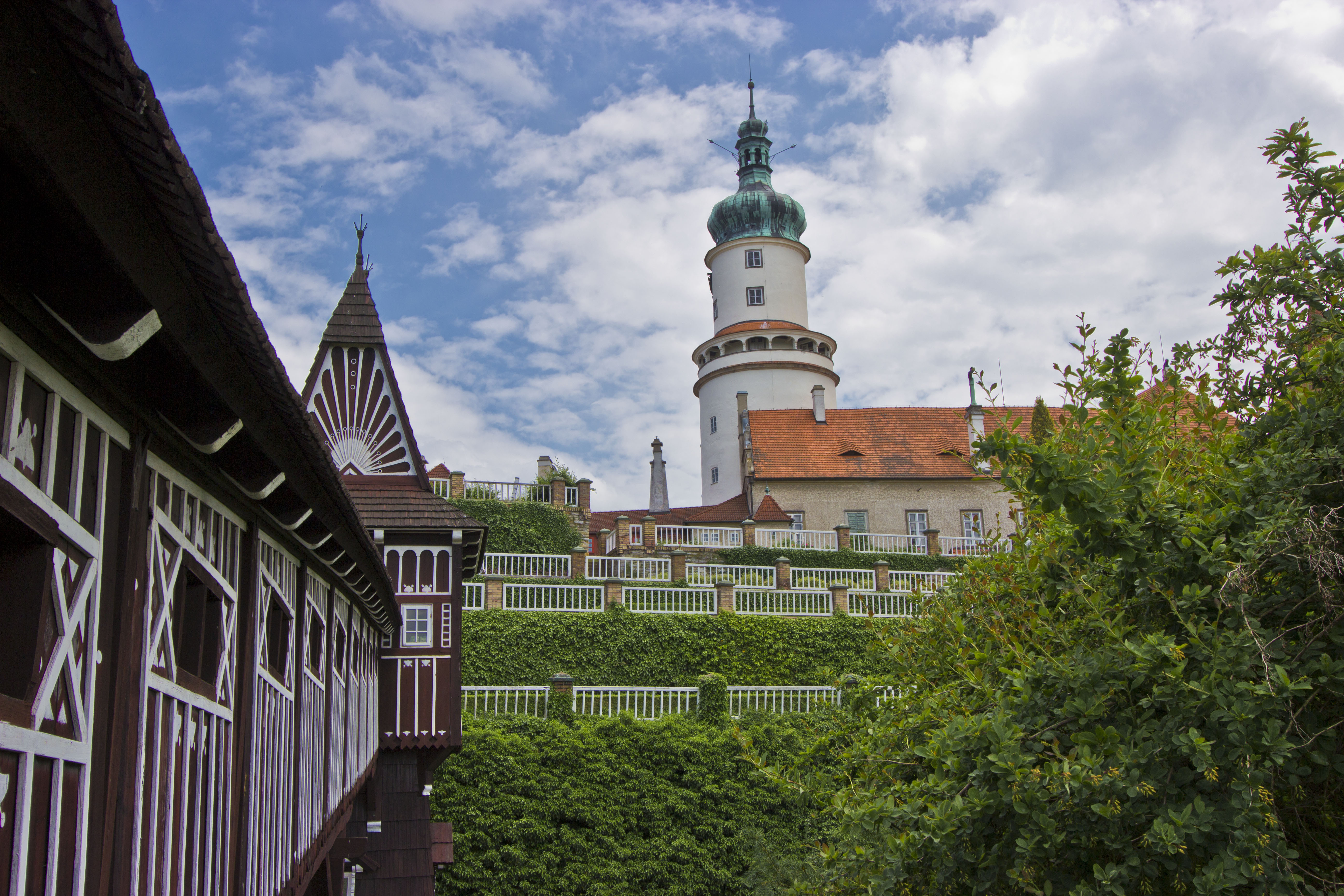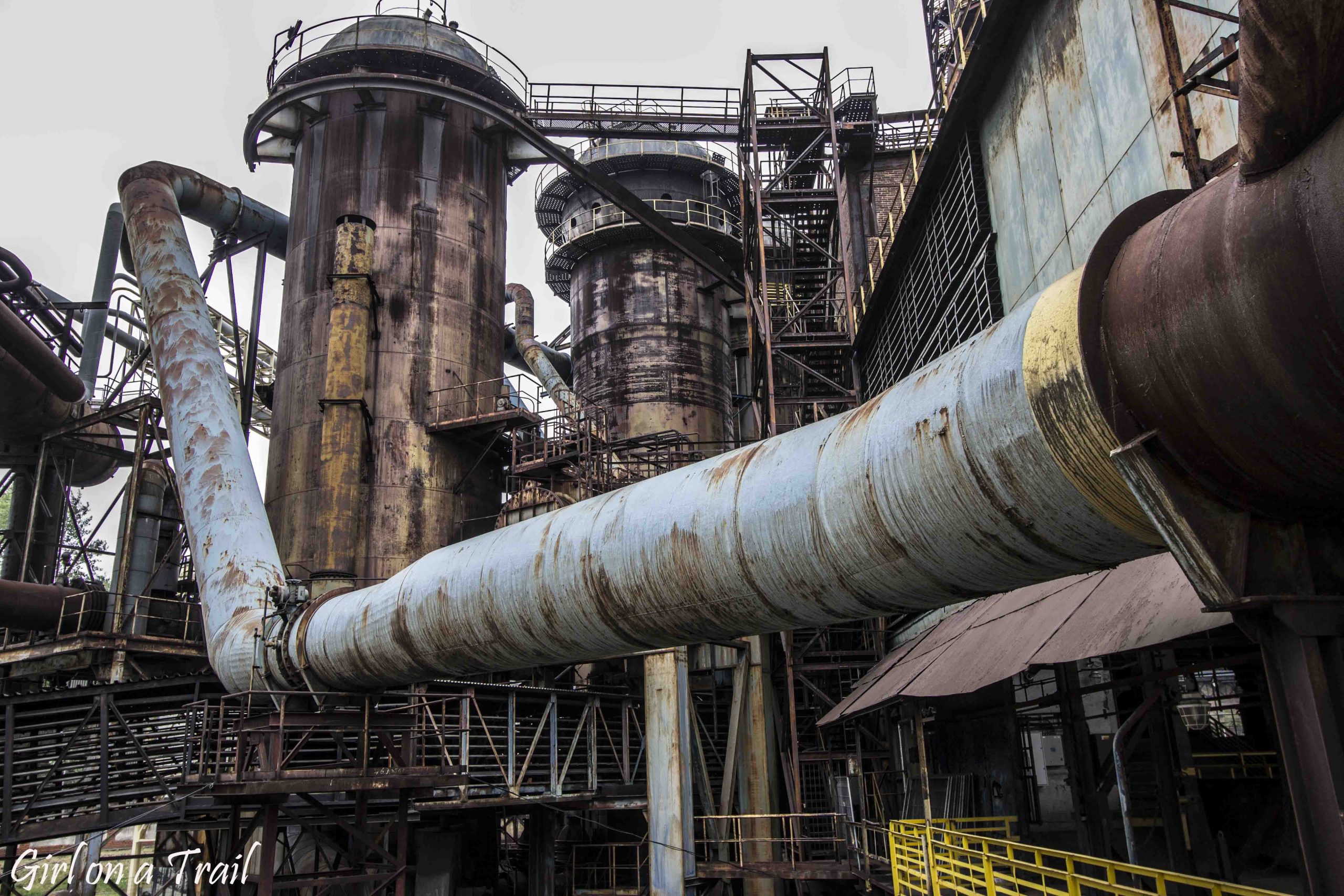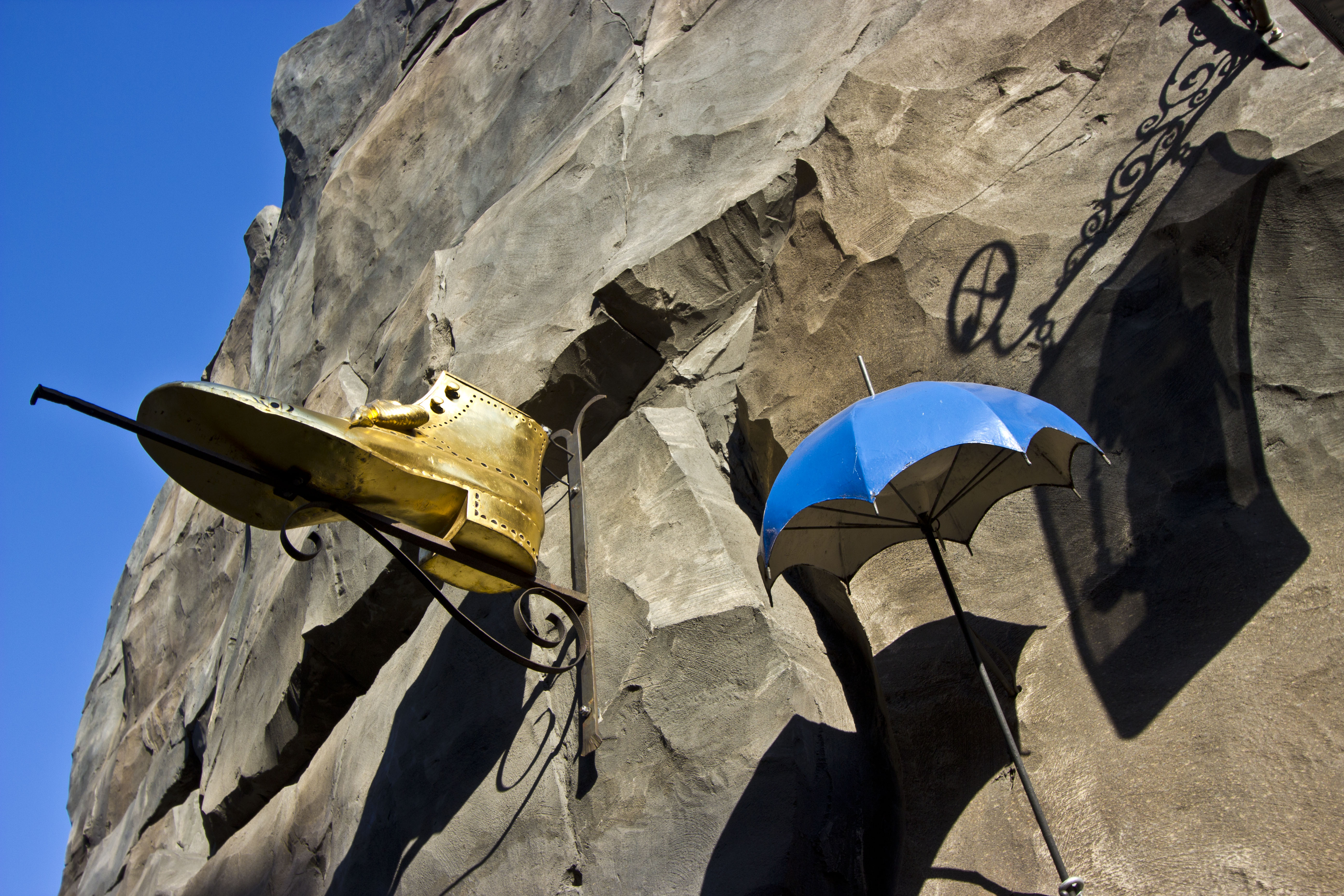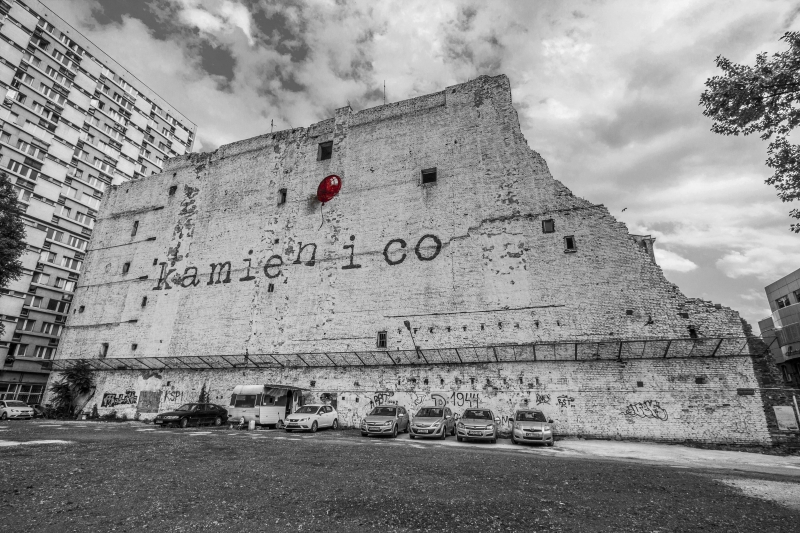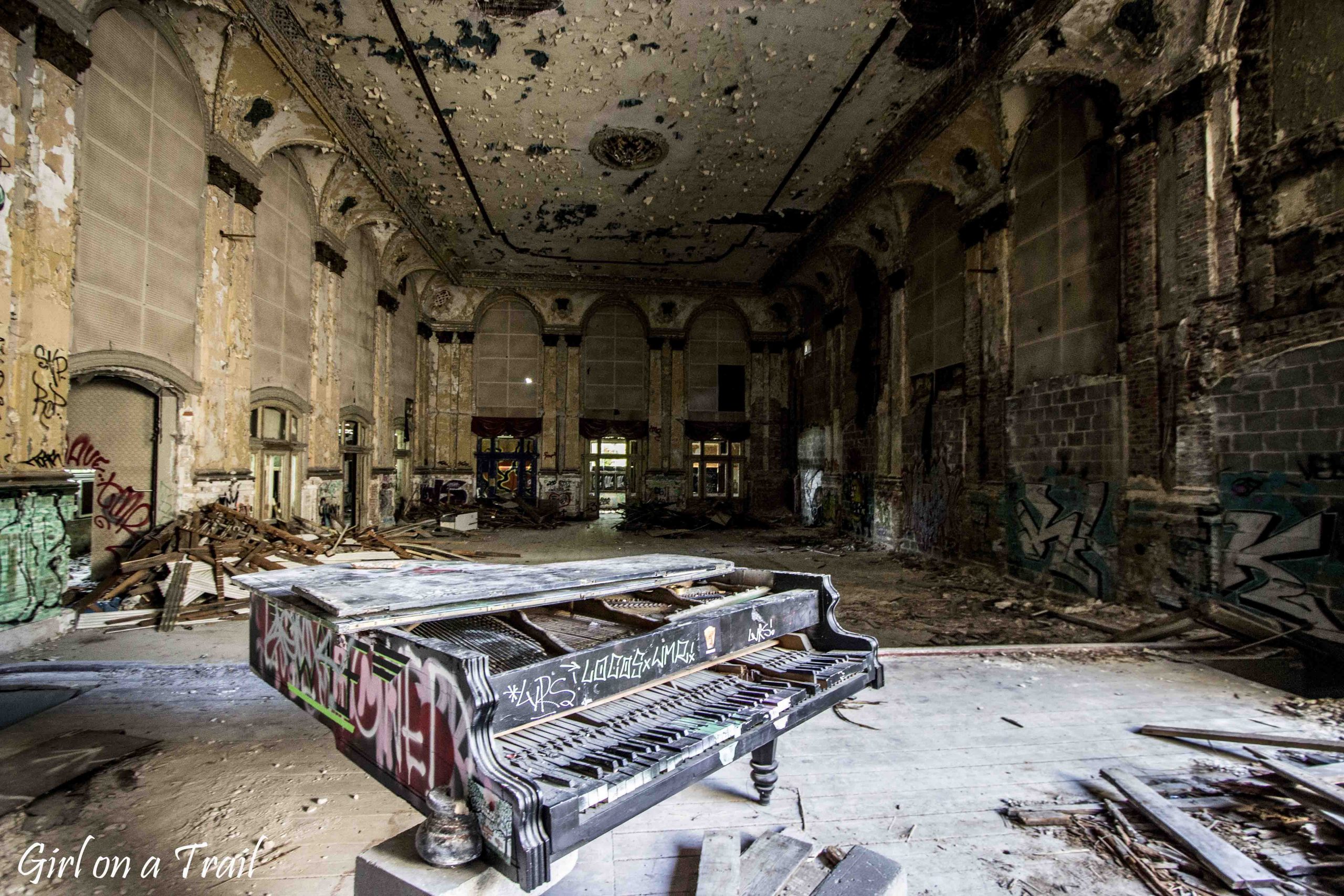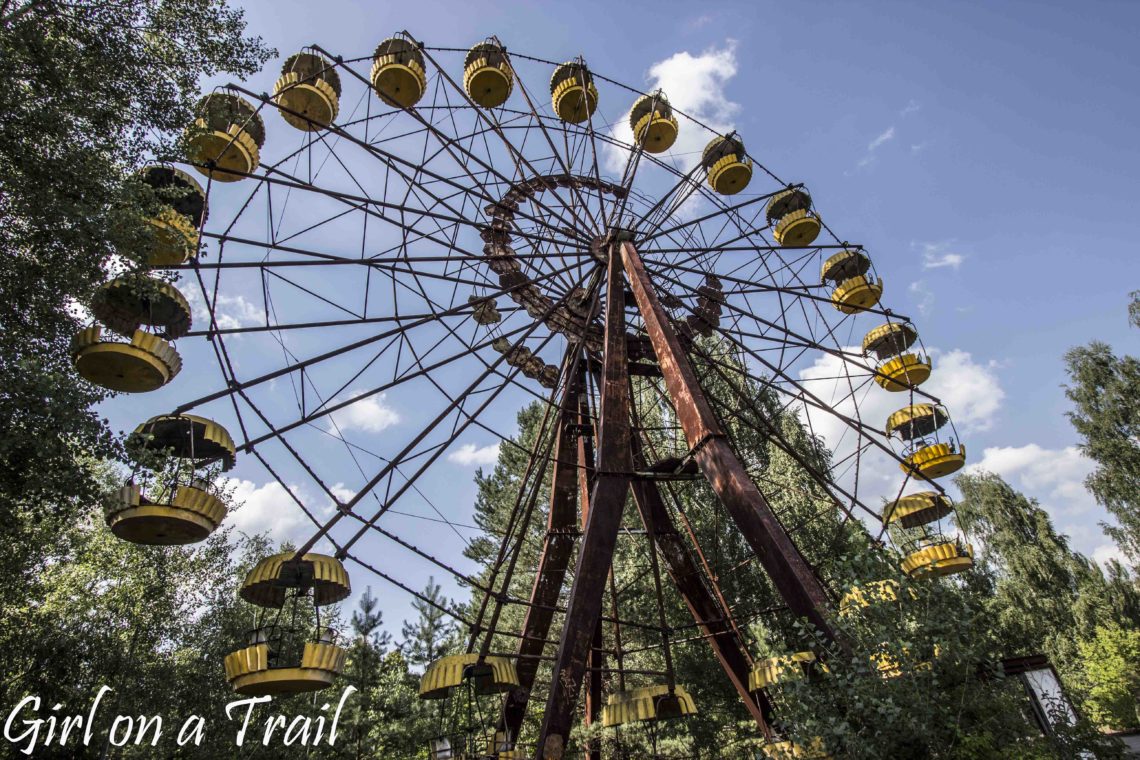
Visit Chernobyl… before it fades
Chernobyl, the name of this city to this day gives a lot of people the creeps, although many years have passed since the catastrophe. It took place on the night of April 25-26 in 1986 as a result of the nuclear reactor accident of the power unit no. 4. It’s one of the biggest disasters in the history of nuclear energy. A huge area was contaminated in Belarus and Ukraine, many people were forcibly displaced, a large part of the area was closed, and the radioactive cloud spread throughout Europe.
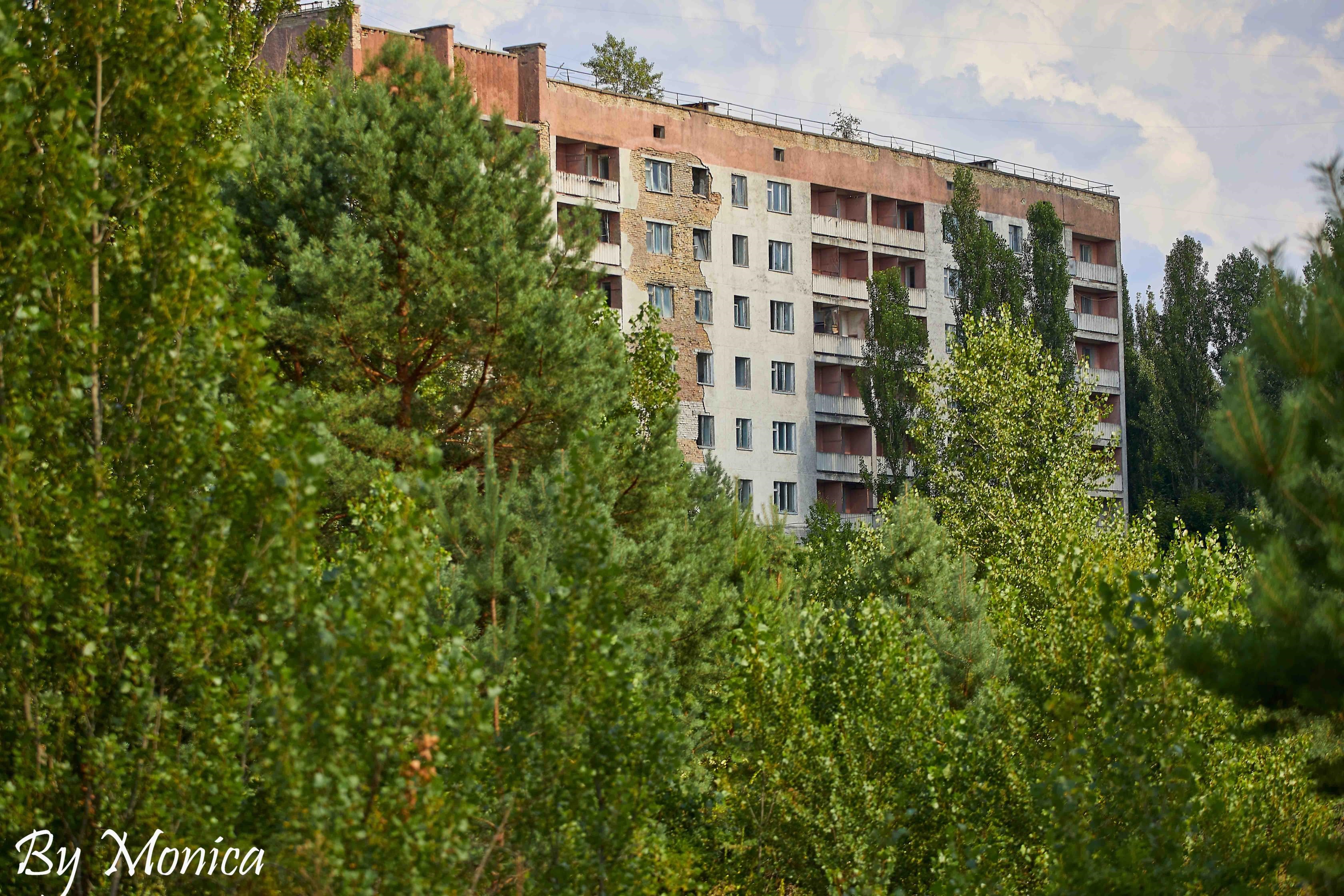

How does this place look like now, 35 years after the catastrophe? This question has been bothering me for a long time. After all, this summer I decided to check it out.
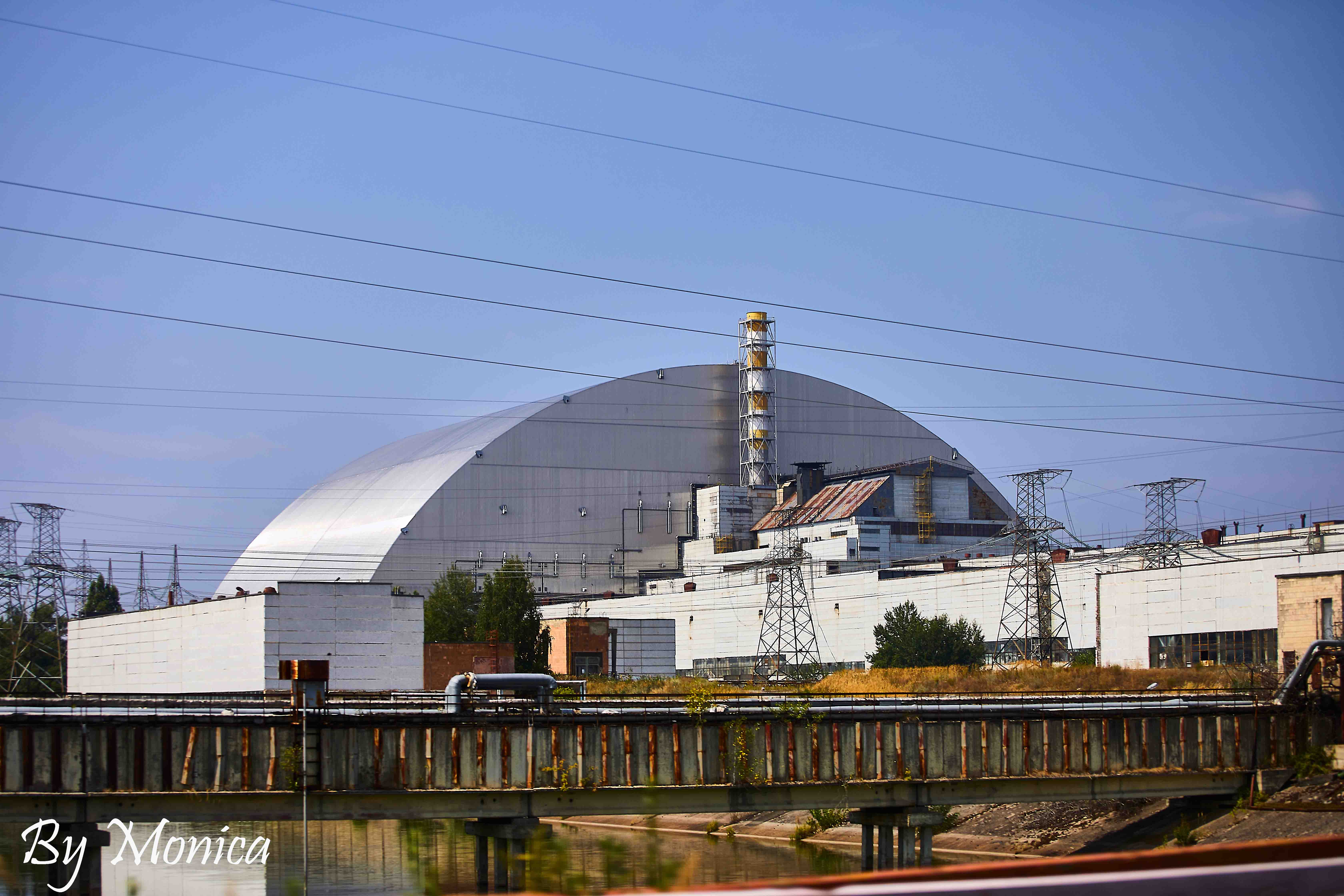
The disaster site looks completely different than in 1986. At the site of the nuclear power plant, you can see a huge steel sarcophagus, built in July 2019, which covered the original, threatening structure. The investment wouldn’t be possible without the external help, funds for this purpose, flowed from European Union, as well as 40 countries, including Poland. The new structure is to ensure safety for the next 100 years.

I’m looking around and see that the area of the Chernobyl power plant doesn’t look deserted at all, it is evident that someone looks after the area. In particular, it’s necessary to control the closed reactors, reportedly it’s done by about 2,500 people staying here temporarily. Moreover, taking photos is only allowed from the perspective of the monument commemorating the tragedy, and yet on the other hand there is a whole complex of buildings that by no means look abandoned. Anyway, it’s enough to look at the mural, the trimmed lawns and the flowers planted to see that something is wrong here …

Red Forest, Magic Forest …
It’s located near the Chernobyl power plant, towards the city of Pripyat. The name comes from the characteristic pine trees which, under the influence of a high dose of radiation, died off changing green colour to the characteristic red one. This place has been exposed to the highest radiation doses in the form of a cloud of radioactive dust and is one of the most contaminated in the Chernobyl Exclusion Zone. Initially, it was planned to clear the area by removing and burying the irradiated trees, but this was abandoned when it turned out that the excavated soil was a major source of radiation. Currently, the area of the Red Forest is like an open-air laboratory. The effect of radiation is evident in the abnormal appearance and size of the vegetation. Apparently, currently the radiation level in the Red Forest can reach the level of 1 R / h (X-ray per hour), which is 10,000 µSv [microSevert), but in the majority of this area it is 100 µSv / h.
Pripyat
Pripyat was a modern city, built from scratch to support the power plant. The people living here could use the well-developed and well-thought-out infrastructure in the form of: schools, kindergartens, shops, sports and entertainment facilities and hospitals. The city was created specifically for the needs of power plant employees. The average age of its inhabitants was about 26 years. It can be said that it was a prestigious location, the inhabitants of Pripyat were selected by the security apparatus.

There were many people willing to settle down in Pripyat, because living conditions were perfect here. New apartments were taken for free, and electricity bills were covered by the power plant. Wages were much higher than in the rest of the country, and the shops were full of goods. Moreover, the inhabitants of Pripyat had access to products that others would not even dream of at the time.
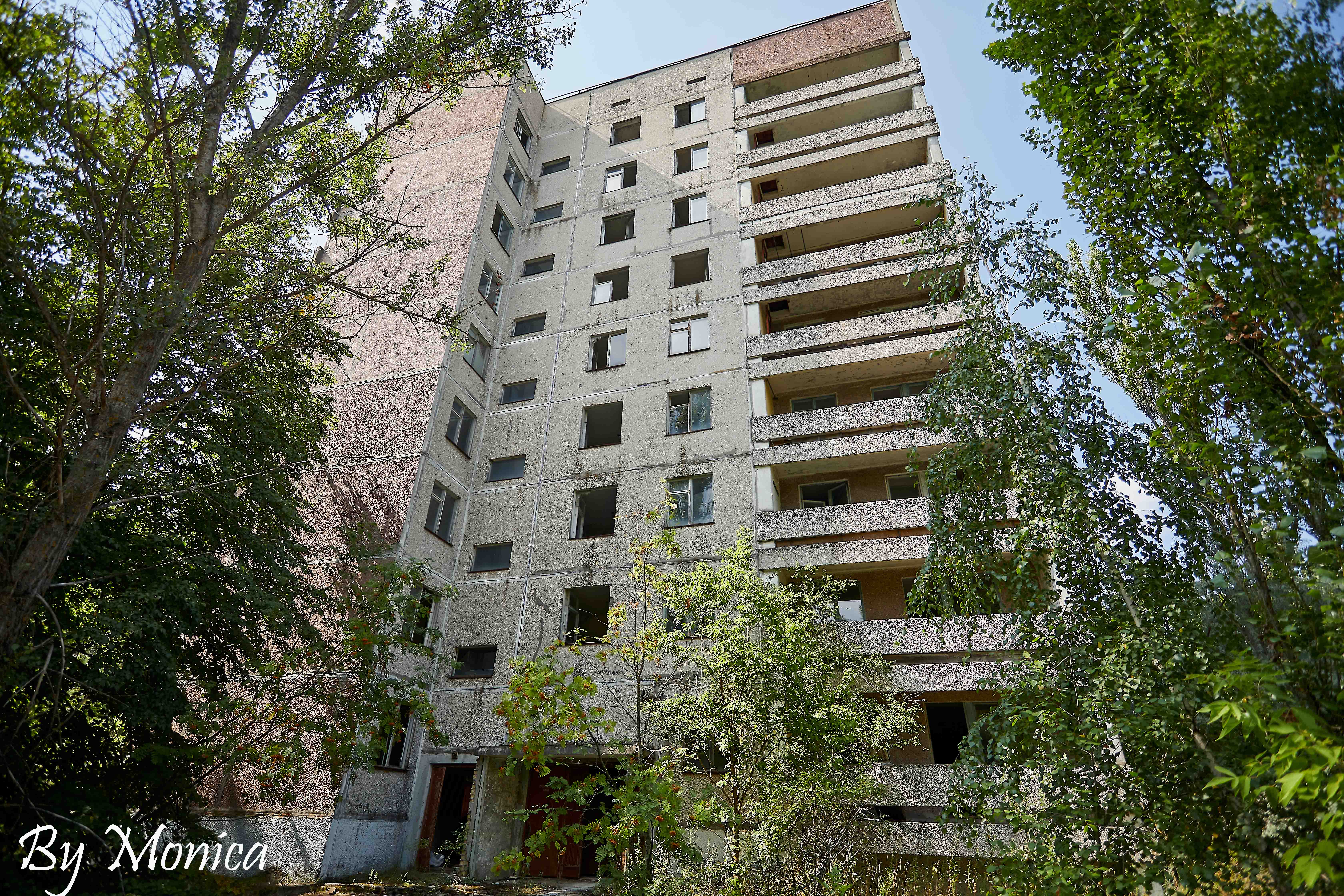
However, time stopped here in April 1986. Currently, the city has been largely looted and devastated, and the rest has been literally taken over by nature. I was surprised by the amount of vegetation on the site, Pripyat looks like a huge jungle. It’s really difficult to see any buildings here.

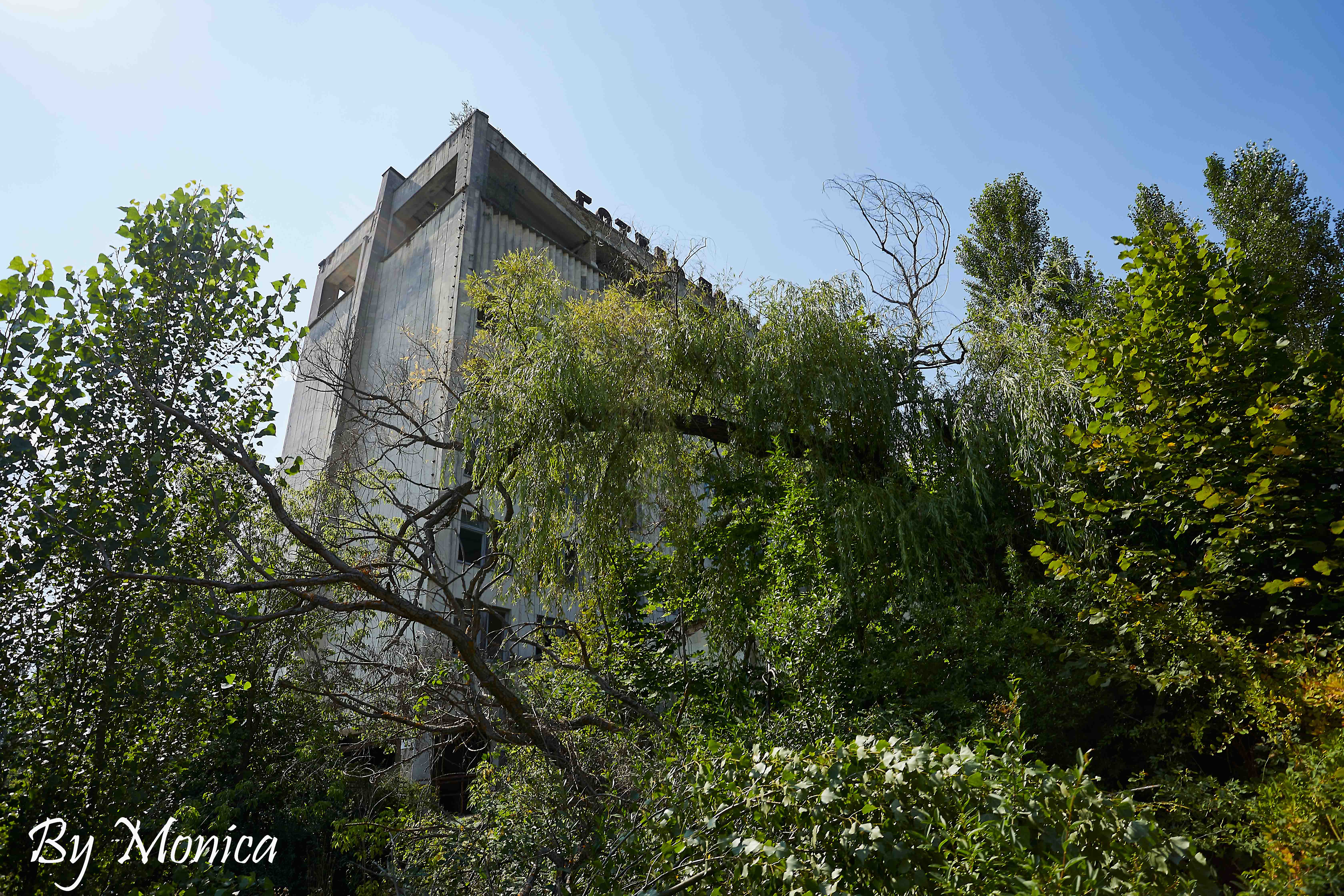
While visiting Pripyat, you can see the hospital that played an important role in the rescue operation right after the disaster. It was here that the victims of the explosion were brought, while the clothes used in the rescue operation were left in its basement. You can imagine that the radiation here is very high.

A bit further, next to the river station building, you can see water saturators. Inside there used to be a café called “Pripyat”, but now you can see an interesting stained glass window.


The Polissya Hotel is one of the most characteristic landmarks in Pripyat. It could accommodate over 100 people. There used to an observation deck with a café on top of it. The hotel was used as a rescue headquarter. The upper rooms were made available to government employees overseeing the course of the rescue operation. From here, the movement of helicopters involved in extinguishing the reactor was also coordinated. The radiation level is slightly higher here, about 1 µSv/h.

Near the hotel there’s a market where you can see damaged shelves and tills.

It’s also worth taking a look at the Avanhard Stadium, which has never been used. Its opening was scheduled for May 1, 1986. Currently, it does not resemble a modern facility that can accommodate 5,000 fans. First of all, there’s no treadmill, it was quickly removed when it turned out that it had absorbed a high dose of radiation. The rest also doesn’t resemble the times of the former glory, and the facility is gradually being taken over by nature.

The faith of the stadium is also shared with abandoned amusement park with the characteristic Ferris wheel. It was built specifically for the May 1st celebrations, but was never opened. Destroyed, metal structures look like from the worst horror, and the awareness of the increased levels of radiation at certain points (e.g. next to the Ferris wheel) really gives you the chills.

The Ukrainian authorities have plans to activate the Chernobyl area economically by creating, for example, recycling bases. There was also an idea to revitalize the area and create a large open-air museum here. It’s no wonder that the authorities want to do so, it would be a real money-making machine. Unfortunately, if they do so, Chernobyl won’t be the same place anymore.



